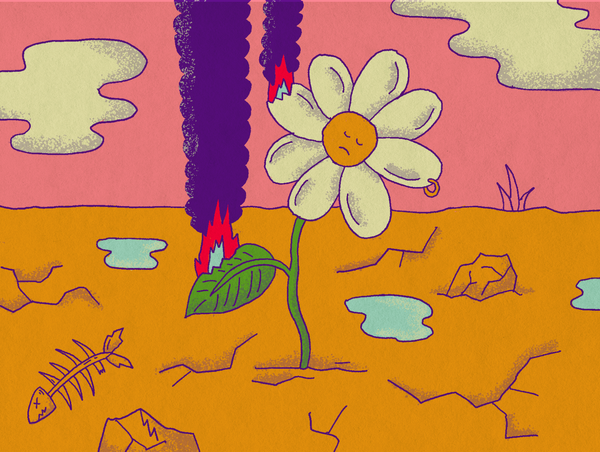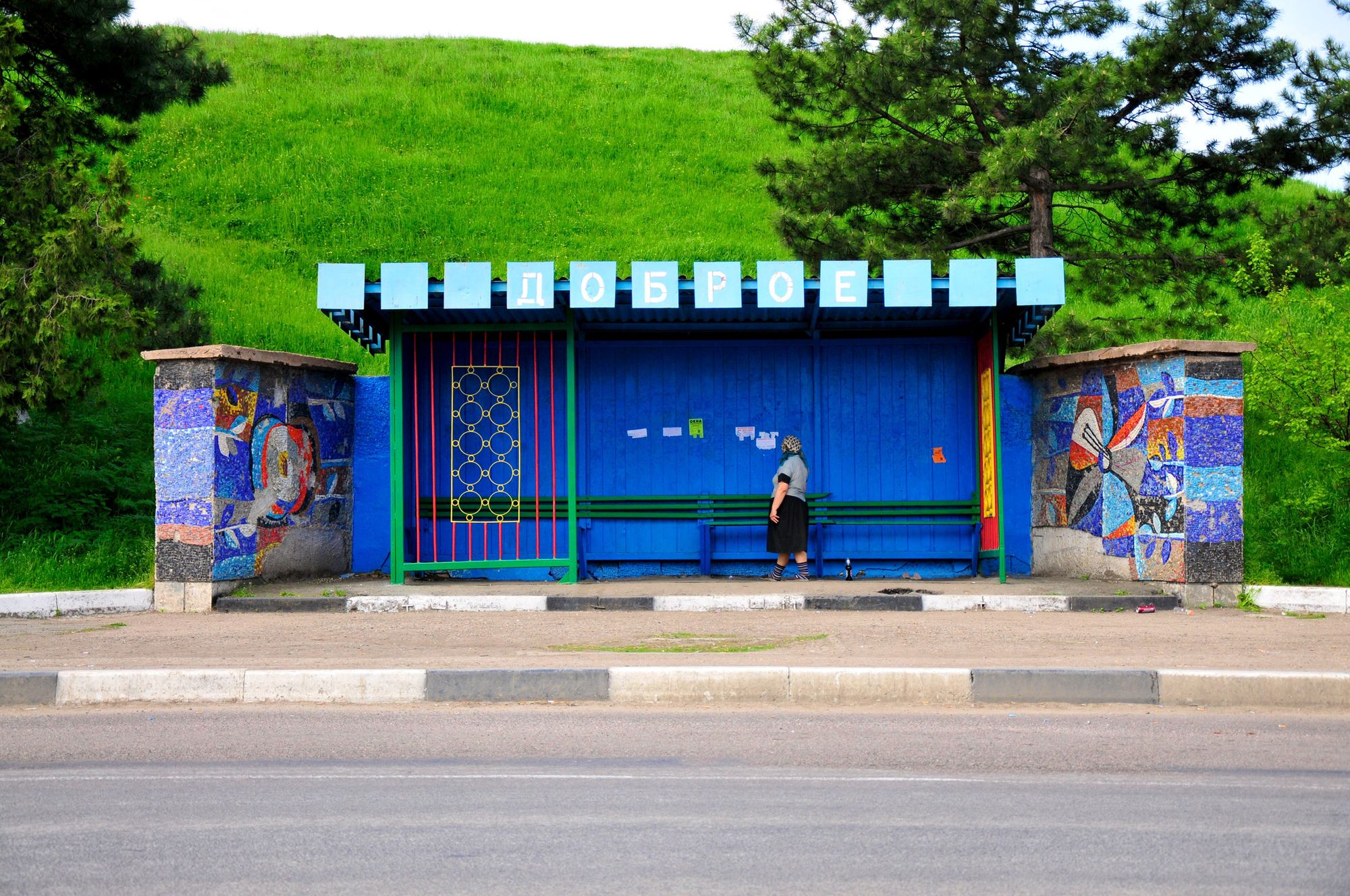Some people adore it, some are taken aback by it, and some cannot prescind from the historical past attached to them—but surely, the architecture of socialism cannot be ignored. German photographer Peter Ortner and his wife felt similarly, who unexpectedly fell in love with these extraordinary bus stops that dominate the eastern and Caucasian regions during a trip to Uzbekistan. After a while, love turned into a mission, as a result of which Ortner created a photo series of at least five hundred photographs of bus stops over seven years.
The series was released in 2016, but due to its eternal validity, we share it with our readers again this year.
A bus station embellished with mosaics? Vividly colorful or brutalist bodegas?
Post-Soviet countries never disappoint when it comes to surprises. Why would this be different in the case of bus stops? Although modernity has already made an impact here, they formed a special compound with the essence of the magical East. In addition to presenting exciting incarnations of this, Peter Ortner’s images often convey much more: these bus stops are the microcosmoi of freedom. While the strict rules of socialist architecture prevailed in numerous cities and villages of the Soviet Union, many parts of the countryside did not necessarily abide by these rules. Local architects were able to experiment with colorful, geometric, and eclectic buildings rather than grey concrete ones, in which the religious and aesthetic values of the community were more dominant than the standards dictated by the state. As a result, unique, almost futuristic edifices were born from Ukraine to the steppe. Looking at the images, we can get a glimpse of an ordinary, yet at the same time utterly exotic milieu, in which, alongside the exuberant ornaments, there is also the mortality of decay.

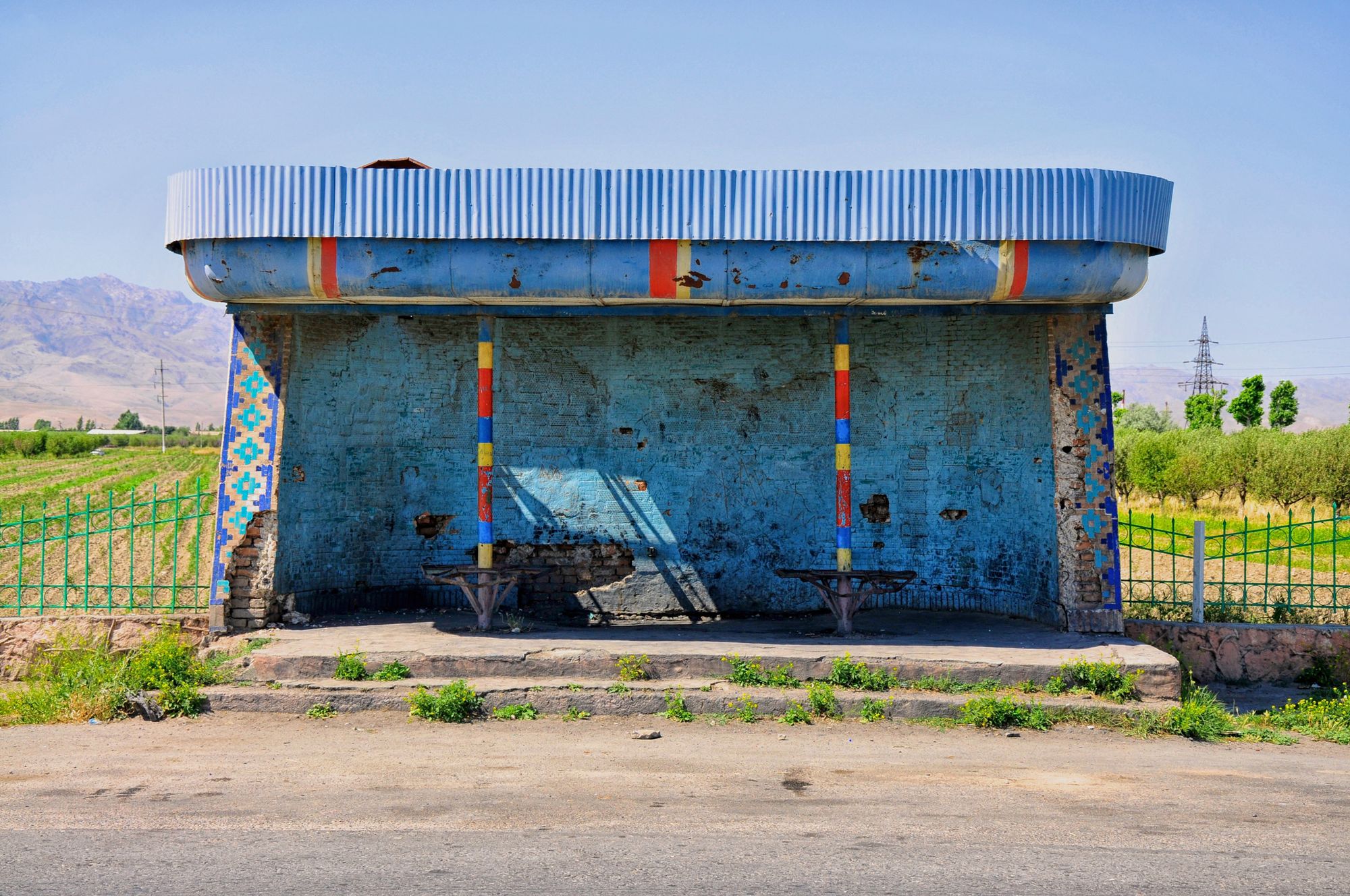
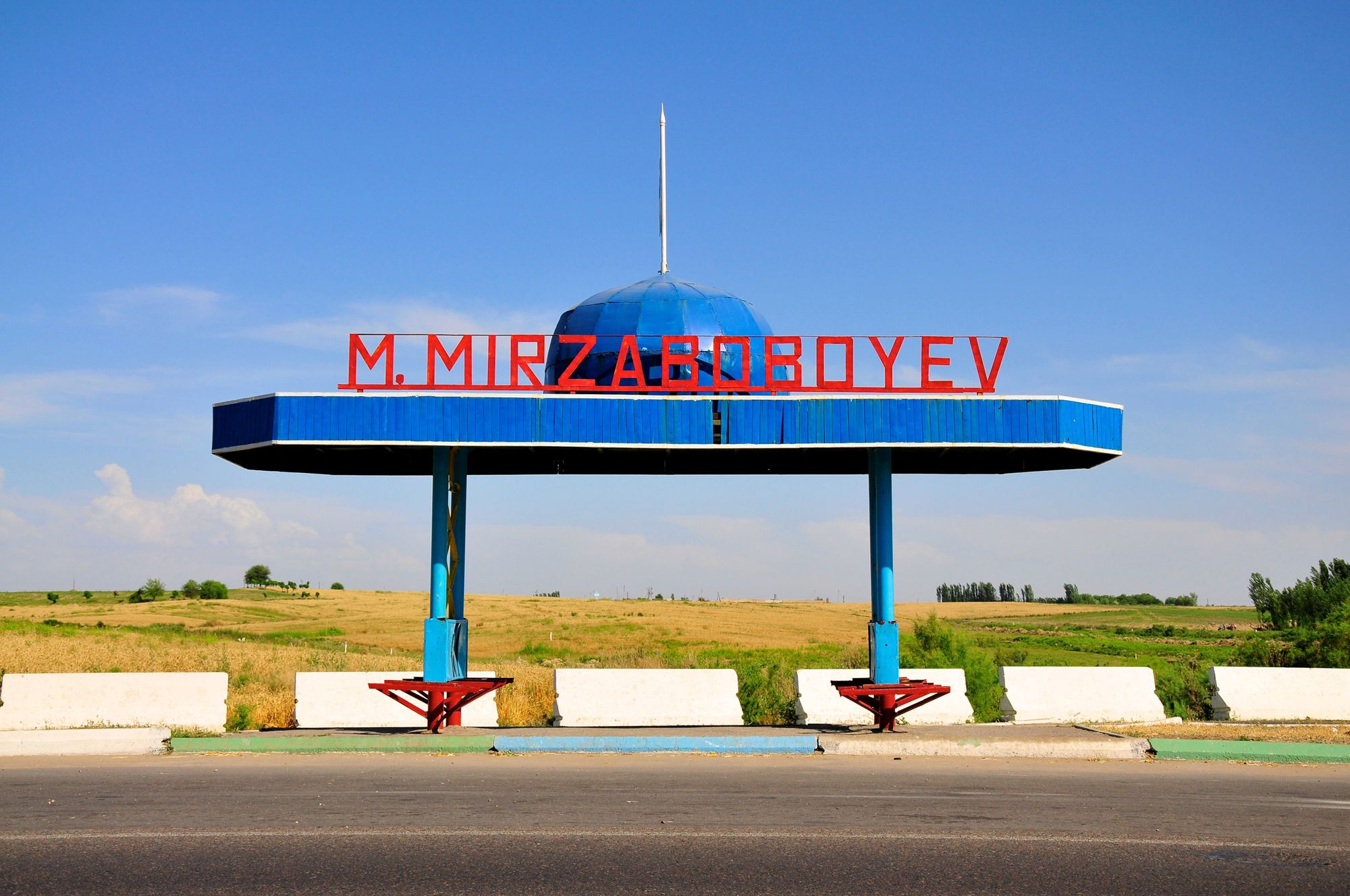

Uzbekistan and Armenia
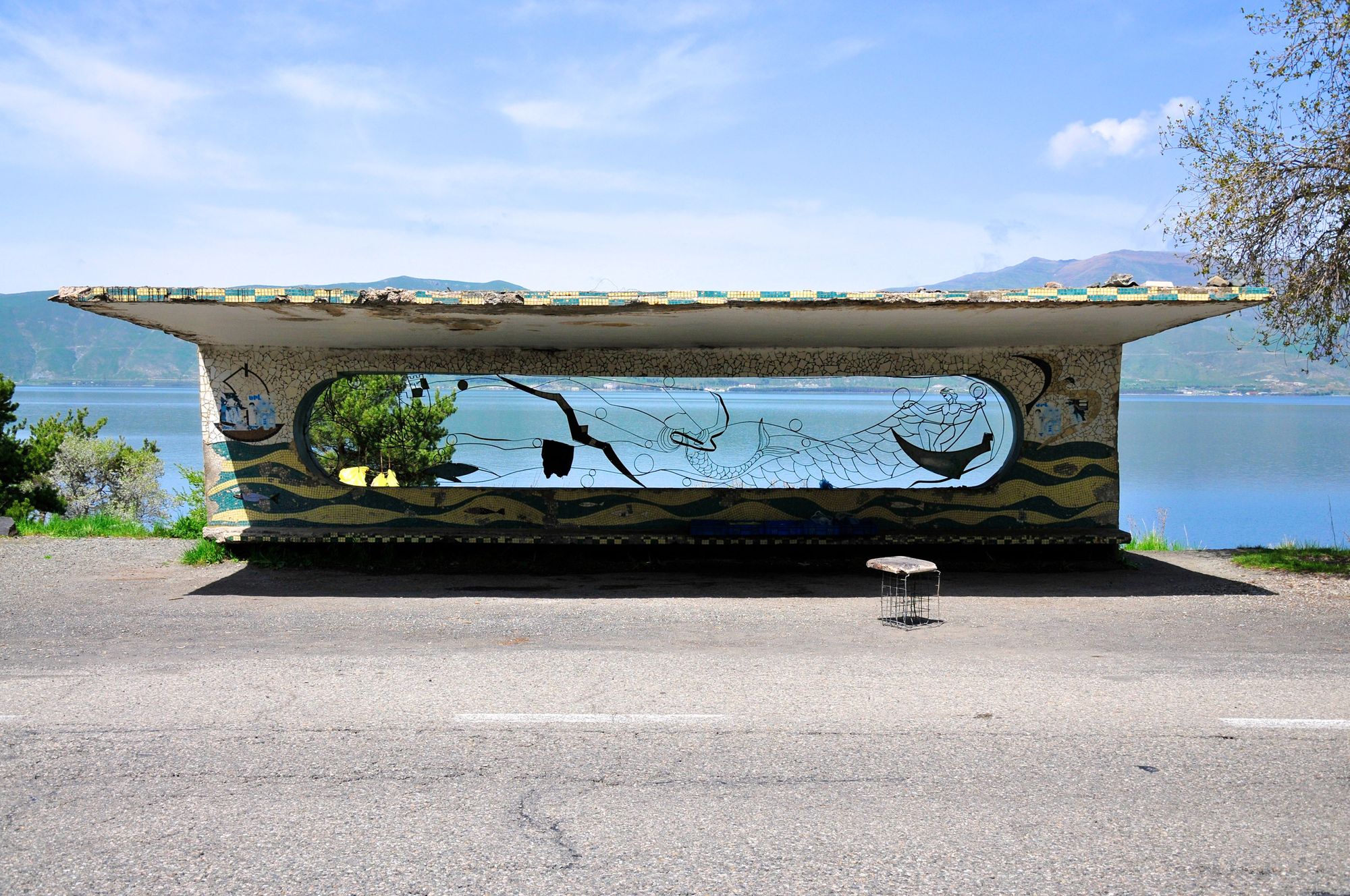


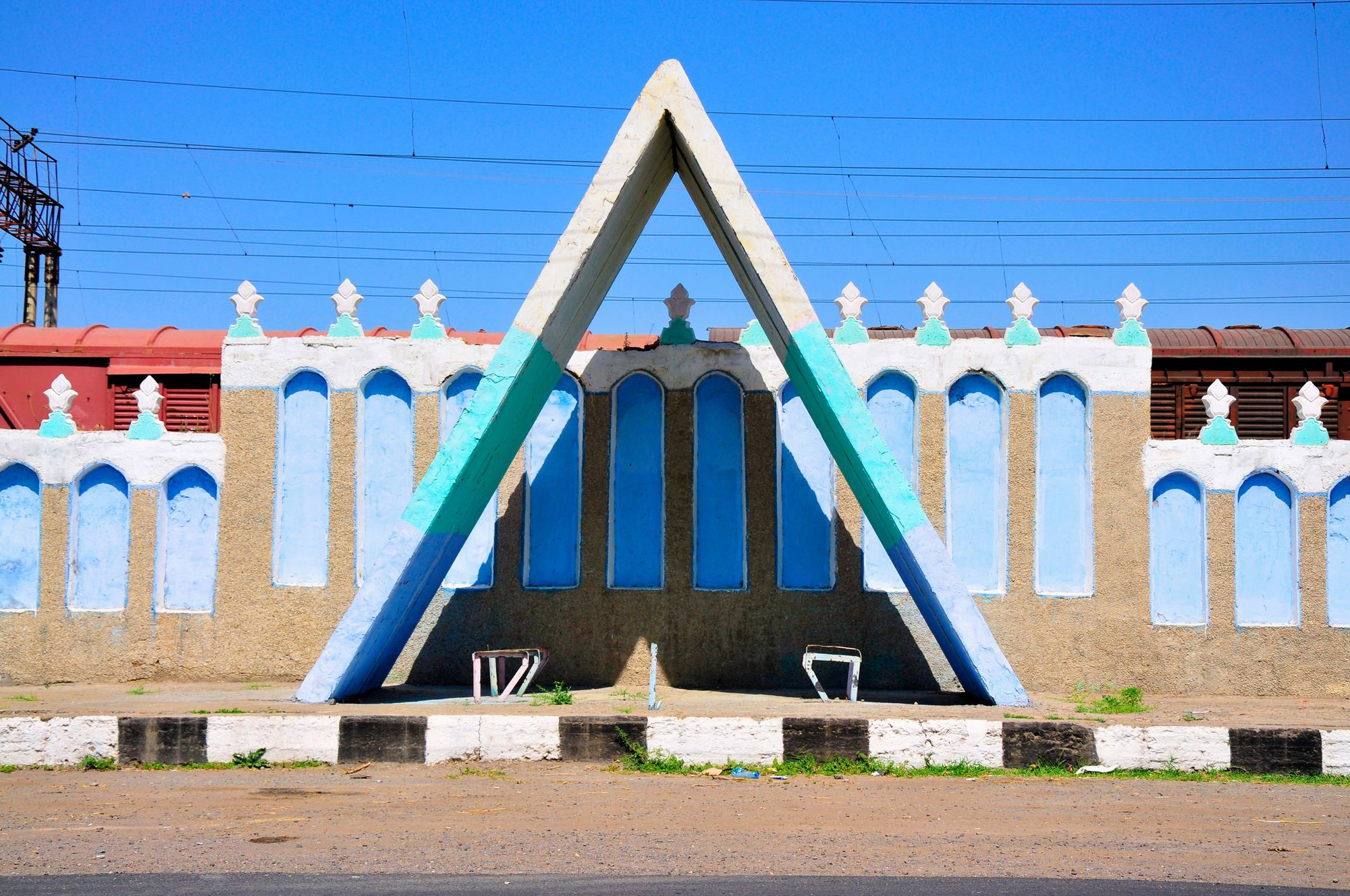
Georgia and Uzbekistan
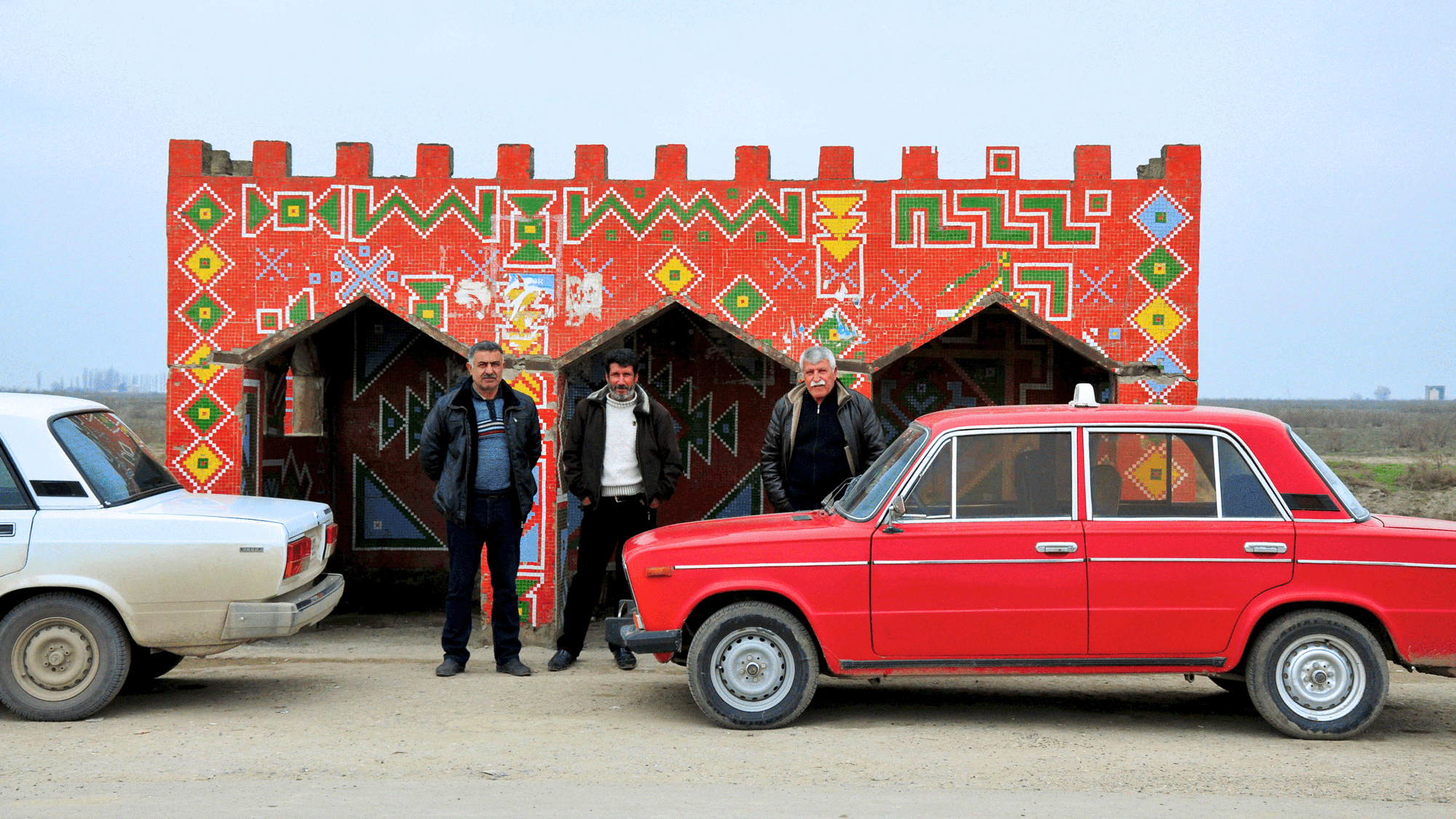
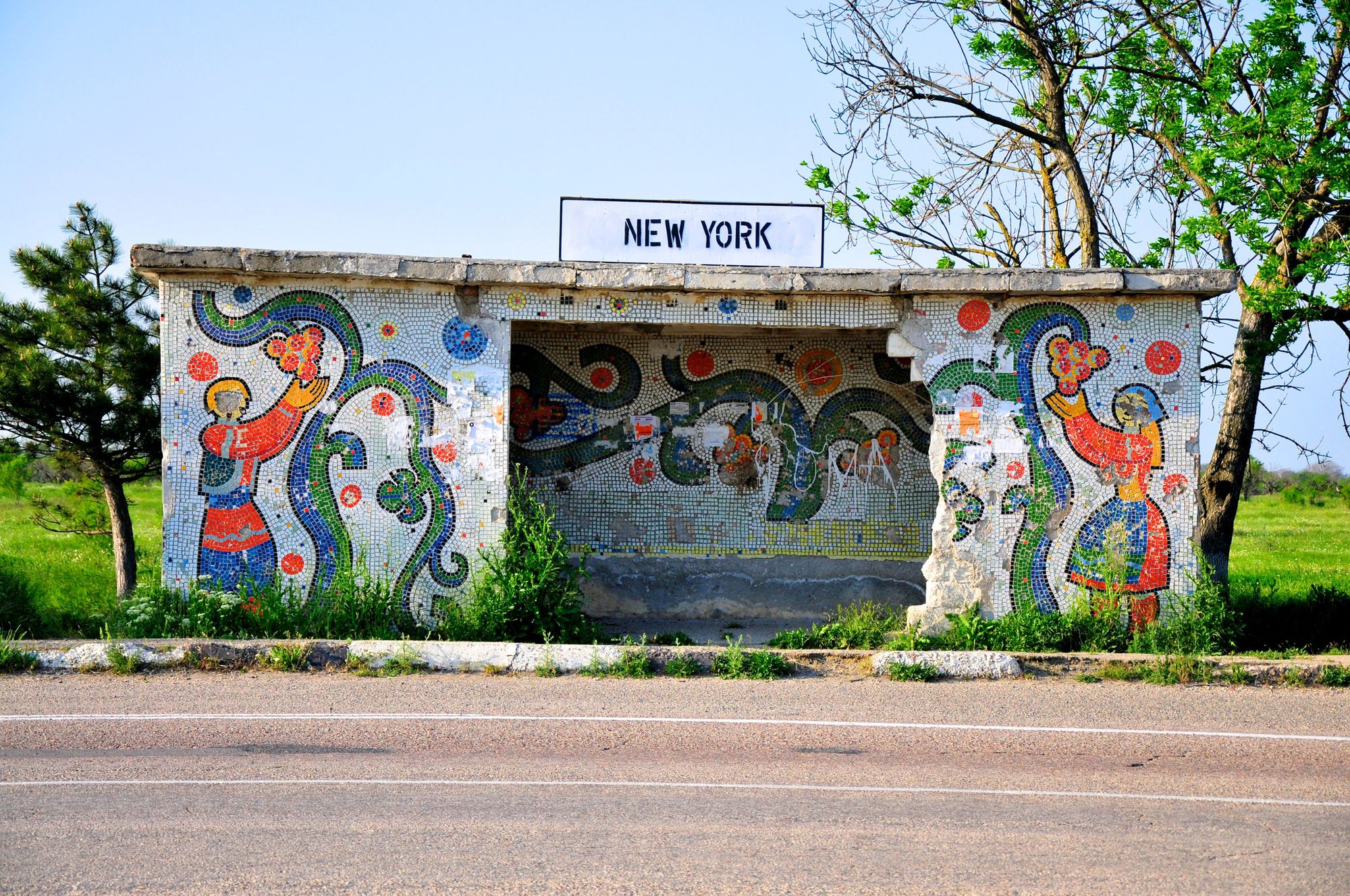
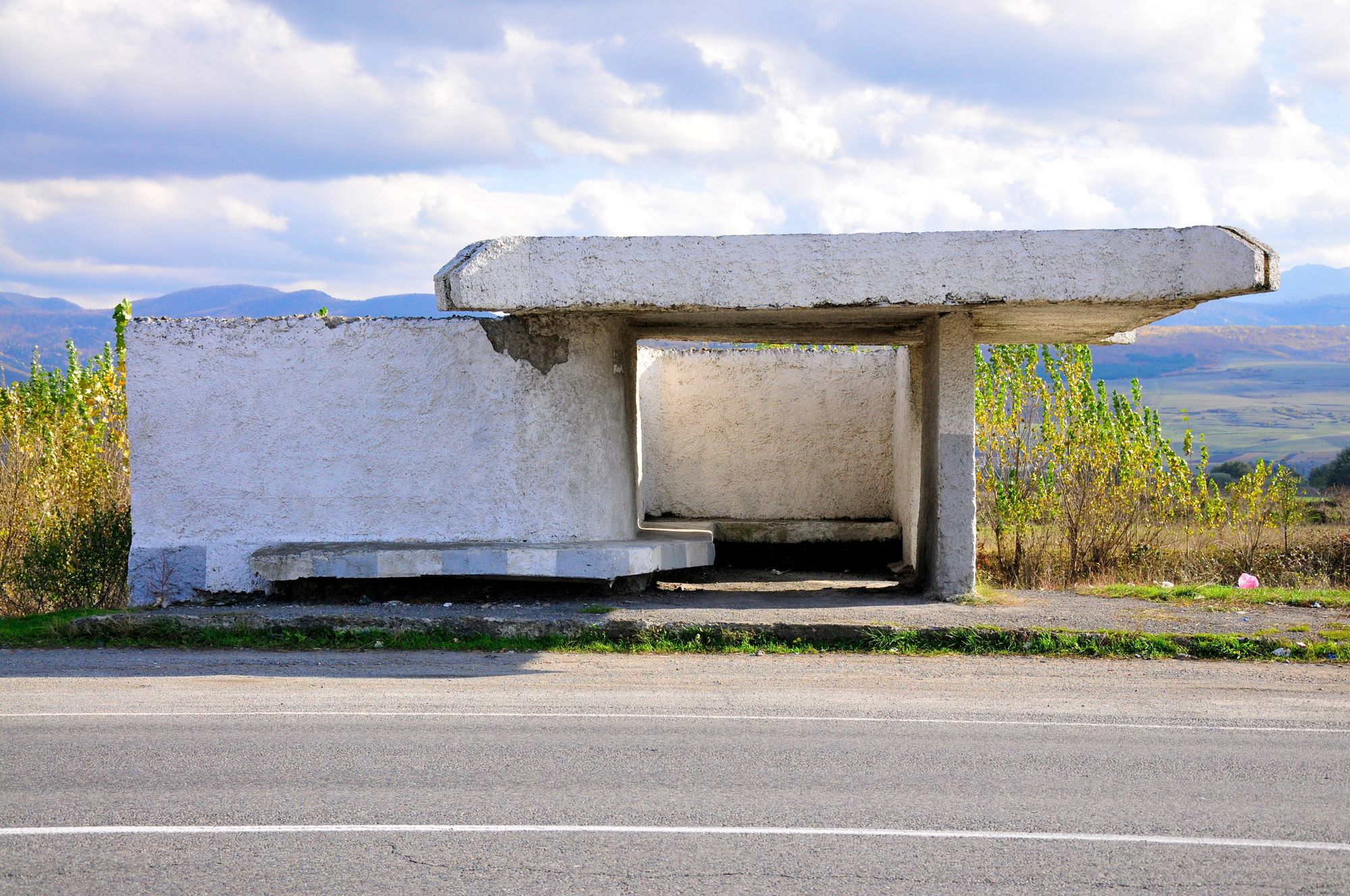
Crimea and Georgia
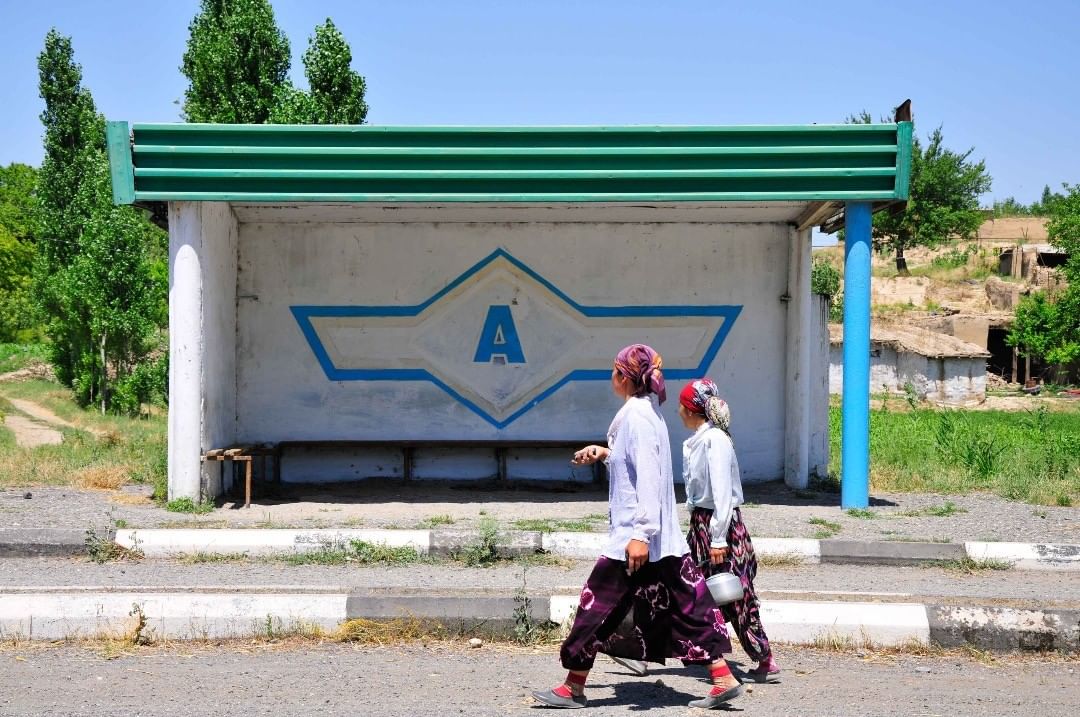
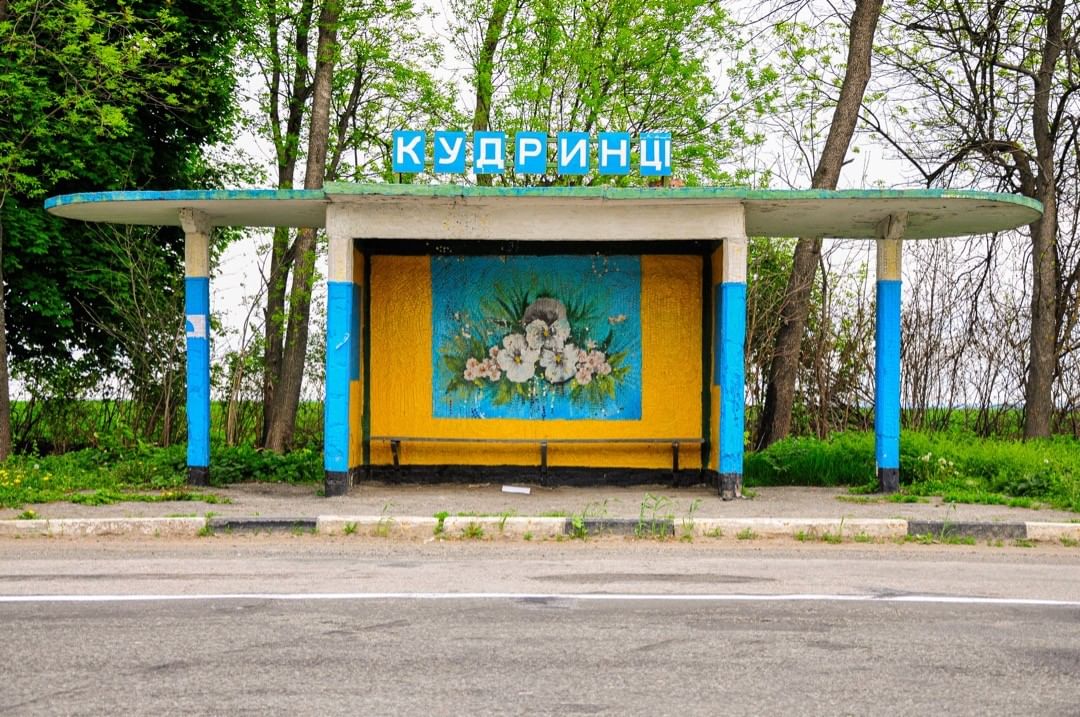
Uzbekistan and Ukraine
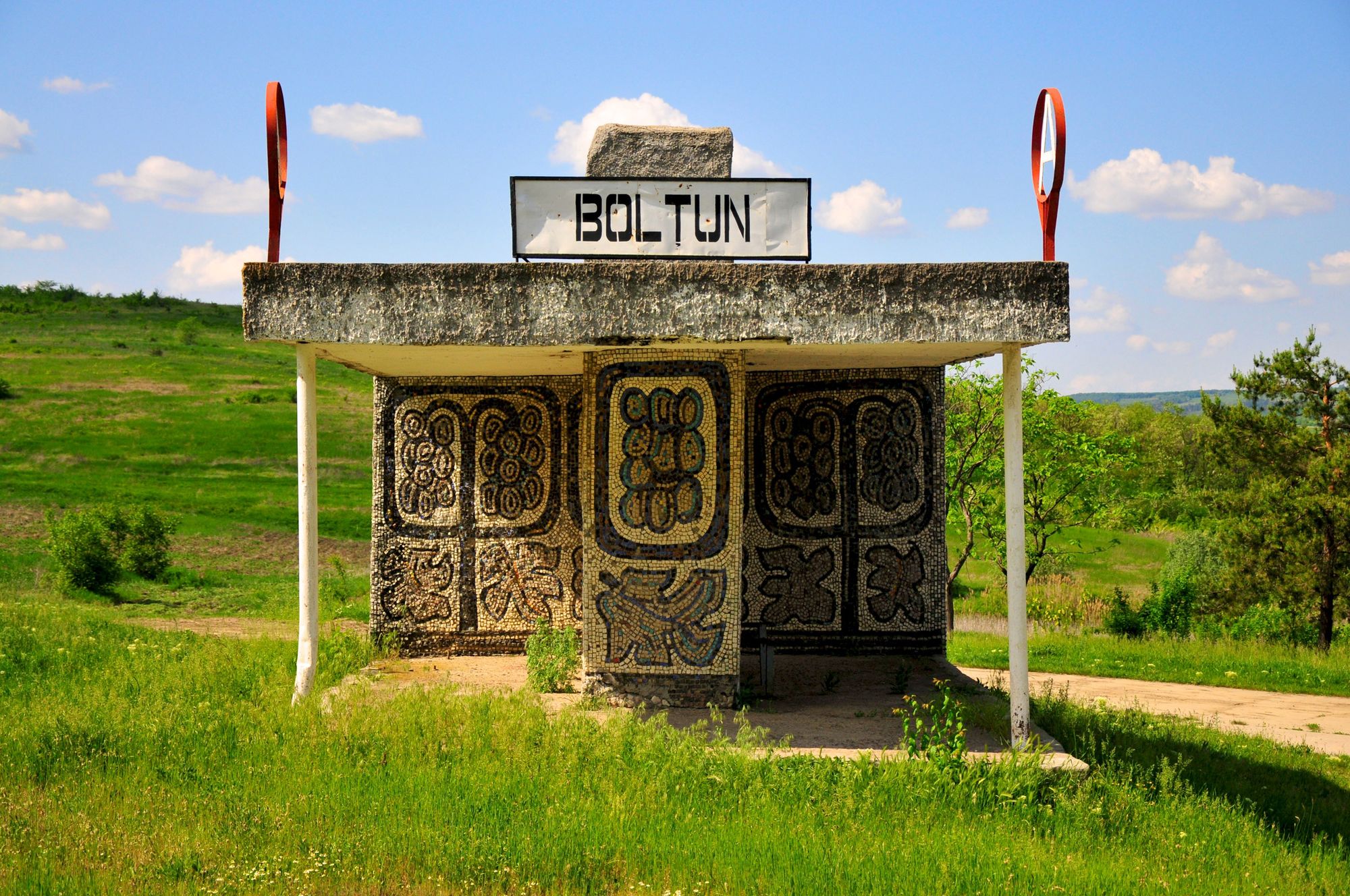
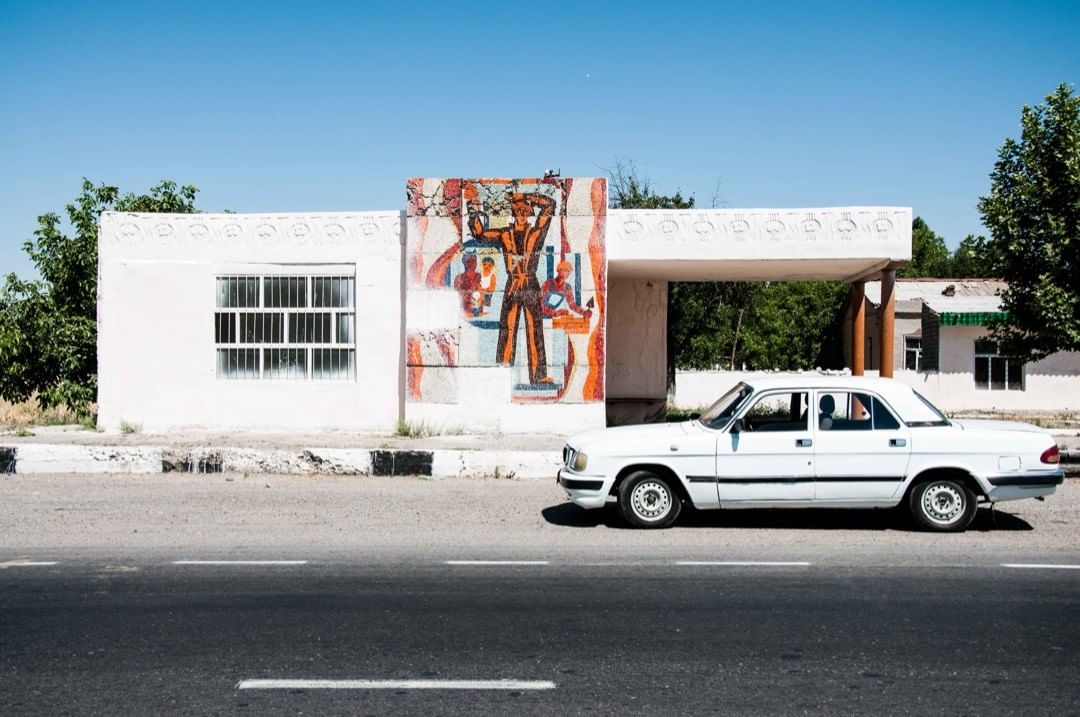
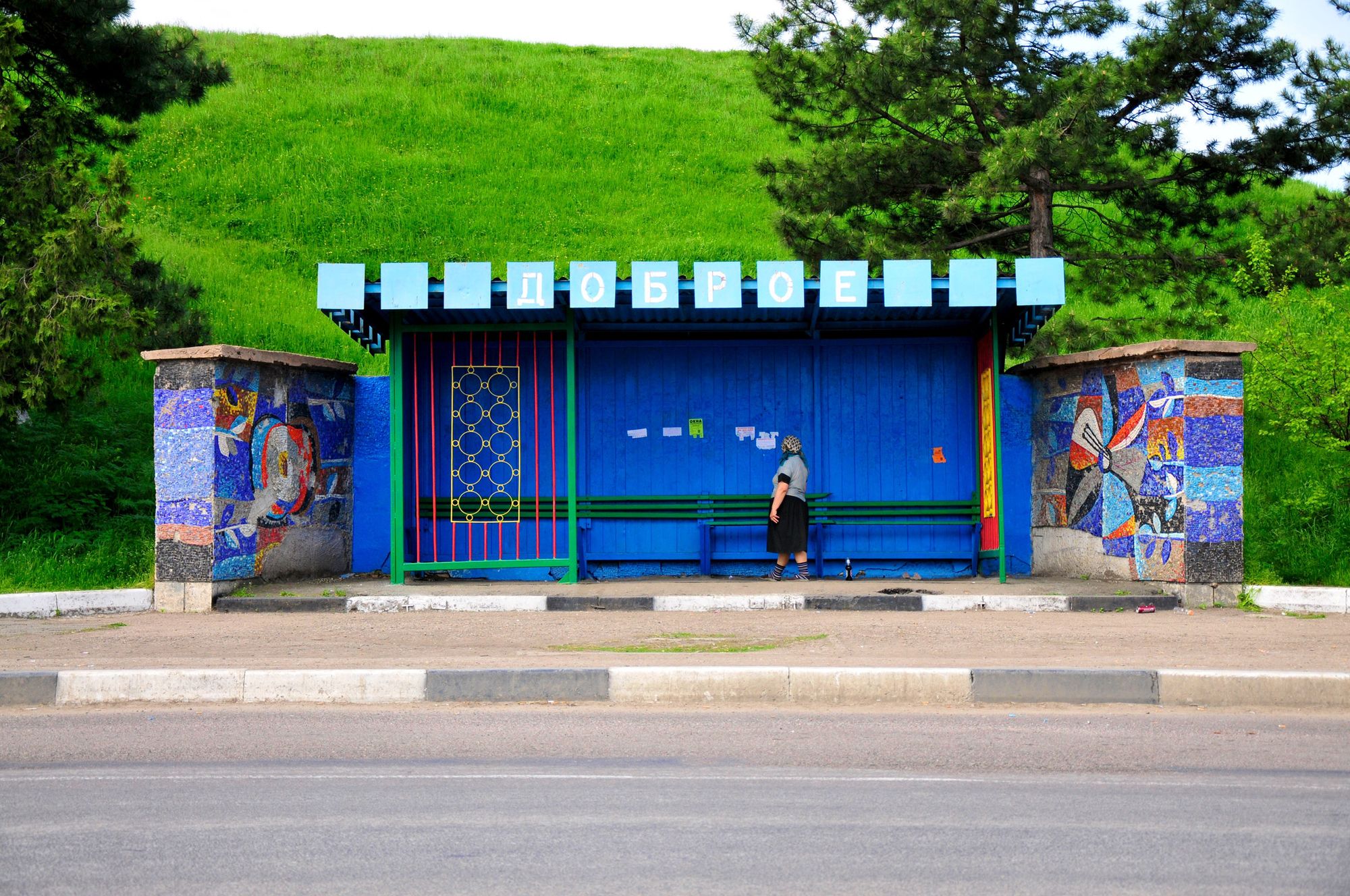
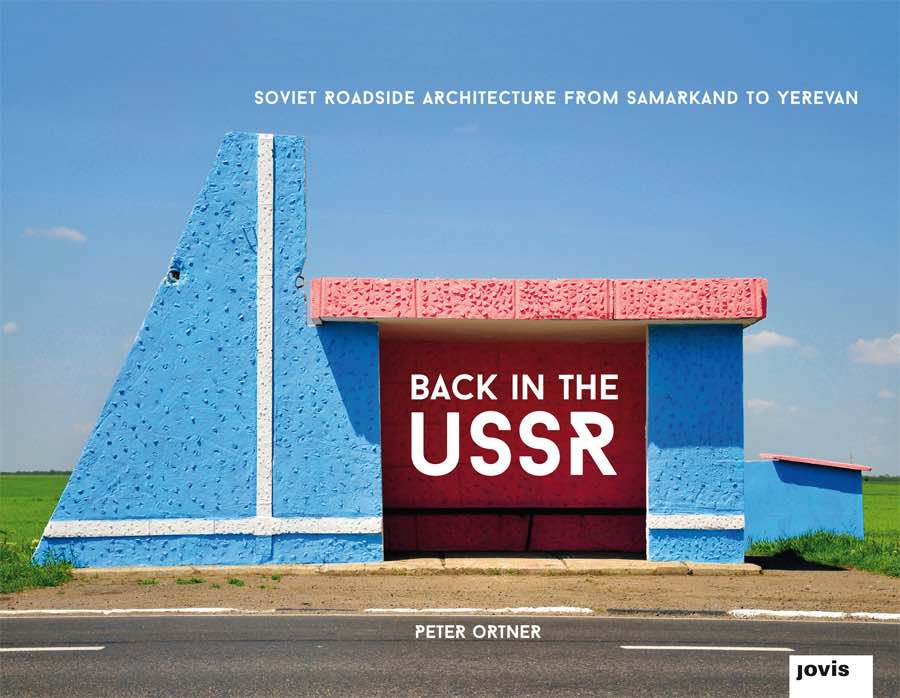
Crimea and Peter Ortner’s Back in the USSR: Soviet roadside architecture from Samarkand to Yerevan photo album

Holiday fever: LEGO launches 5 advent calendars for Christmas

Will house prices finally fall after ten years?
